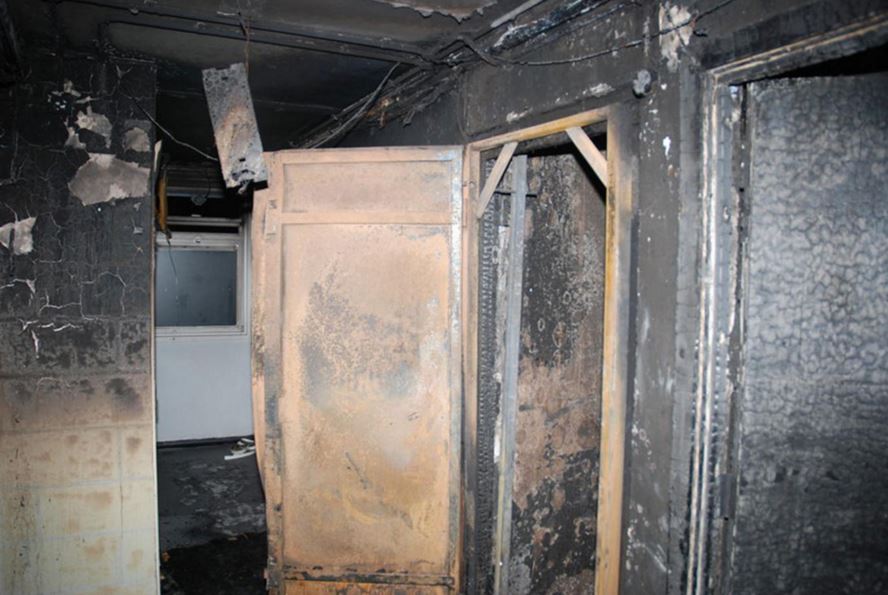London Fire Brigade believes that following a few simple steps can ensure you have a suitable and sufficient risk assessment and that people will be protected from fire.
If you are an employer or occupy or have some managerial responsibility over any non-domestic premises, then you will are probably legally obliged – as per the requirements of the Regulatory Reform (Fire Safety) Order 2005 – to conduct a fire-risk assessment.
Even if you do appoint an external fire-risk assessor you, as the responsible person, can still be held accountable if mistakes are made. Although you are not expected to be an expert in fire safety, you should make reasonable checks to ensure that they are adequately qualified and experienced.
In small, low-risk premises you may be able to do the fire-risk assessment yourself, but if not and you are looking to employ someone else than it is wise to follow these steps.
- Ensure they are on a professional register that and that they meet the competency criteria established by the Fire Risk Assessment Competency Council
- Check that they have experience of undertaking fire-risk assessments for your kind of business and premises
- Request references from previous clients in premises of your type
- Ensure that the scope of the work you want carried out is agreed in
- Ensure that you provide the assessor with access to all areas and information
- Obtain alternative comparable quotes
- Ask for proof that they have sufficient insurances
- Keep records of the steps you took in selecting your fire risk
For more information on fire-risk assessments visit the London Fire Brigade’s page on the topic.
2023 Fire Safety eBook – Grab your free copy!
Download the Fire Safety in 2023 eBook, keeping you up to date with the biggest news and prosecution stories from around the industry. Chapters include important updates such as the Fire Safety (England) Regulations 2022 and an overview of the new British Standard for the digital management of fire safety information.
Plus, we explore the growing risks of lithium-ion battery fires and hear from experts in disability evacuation and social housing.

